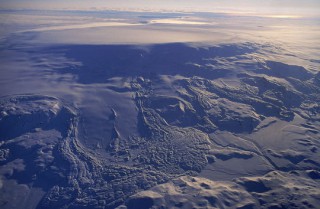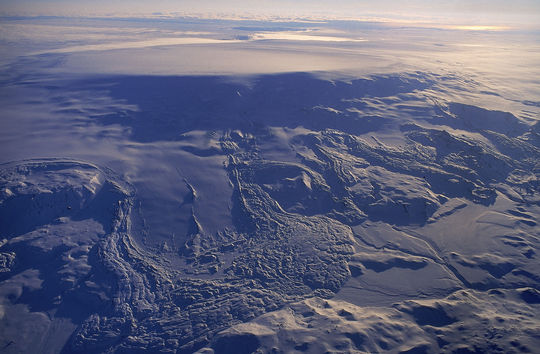 Here is the latest on the status of the volcanic activity in Bardarbunga.
Here is the latest on the status of the volcanic activity in Bardarbunga.
Regarding the eruption:
- The eruption continues at a similar intensity as previous days.
- The subsidence of the Bardarbunga caldera continues with similar rate.
- 23 earthquakes greater than M3.0 were recorded since noon on Monday in or around the caldera. The largest was M5.5 at 10:22 yesterday morning.
- Very little seismic activity is now detected in the northern part of the dyke and around the eruption site.
- GPS measurements show minor movements.
- No change was detected in water monitoring that cannot be explained by changing weather.
Air quality:
- Today (Wednesday) and tomorrow (Thursday) gas pollution is expected southwest of the volcano, from Eyjajöll to Reykjanes, including the area around Reykjavík and Hvalfjördur. A map showing the gas forecast can be found on the web page of the Icelandic Met Office vedur.is/vedur/spar/textaspar/oskufok/ An interactive map showing the gas distribution can be seen at www.vedur.is/vedur/spar/gasdreifing
- The Icelandic Met Office has a form on its web-page for the public to report if they have detected gas pollution. A link to the page can be found on the Icelandic version of the web page under Skrá mengun.
Instructions:
- People who feel discomfort are advised to stay indoors, close their windows, turn up the heat and turn off air conditioning. Use periods of good air quality to ventilate the house. People experiencing adverse effects should be in immediate contact with their healthcare centre. Measurements of air quality can be found on the webpage airquality.is The Meteorological Office issues forecast on its web-page and warnings if conditions change to the worse.
- Instructions from The Environment Agency of Iceland and Chief Epidemiologist can be found on their web-sites.
- The Icelandic Met Office will publish forecasts for sulphuric gases dispersion on the web and in the national radio.
- Information and any questions on air pollution can be sent to The Environment Agency through the email gos@ust.is. The Environment Agency is especially looking for information from people who have been in contact with high concentrations of gas; where they were, at what time it happened, how the gas cloud looked (colour and thickness of the cloud) and how they were affected by it.
- Three scenarios are considered most likely:
- The eruption on Holuhraun declines gradually and subsidence of the Bardarbunga caldera stops.
- Large-scale subsidence of the caldera occurs, prolonging or strengthening the eruption on Holuhraun. In this situation, it is likely that the eruptive fissure would lengthen southwards under Dyngjujokull, resulting in a jokulhlaup and an ash-producing eruption. It is also possible that eruptive fissures could develop in another location under the glacier.
- Large-scale subsidence of the caldera occurs, causing an eruption at the edge of the caldera. Such an eruption would melt large quantities of ice, leading to a major jokulhlaup, accompanied by ash fall.

